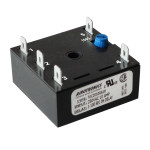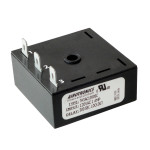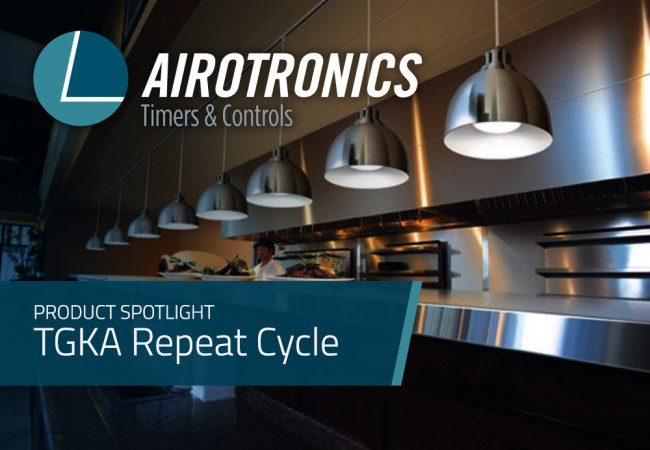An off-grid solar energy system with a reliable battery backup…

Specifying Solid State Timers and Relay Output Timers: How to choose
Electromechanical Relay or Solid State Relay. Which is better?
The Pros and Cons of both types of time delay relays offer guidance, but every application’s specific requirements determine the final decision.
Airotronics TG series Electromechanical Relay Output Timers
Electromechanical relays have existed in simplest form since the invention of the telegraph. In nearly two centuries, their design and function have been massively expanded. The addition of time delay controls significantly refined the capabilities of these workhorse components. Also called Relay Output Timer, in this category the load is transferred by physical action of moving parts, including contacts that open and close. Airotronics TG series relay timers are readily available in a variety of capabilities, and are built to spec for hundreds of manufacturers across North America.
ELECTROMECHANICAL RELAYS Pros Include
- Typically lower cost than Solid State for an equal capability
- Mechanical contacts offer a wide compatibility with different loads and voltages
- Very low contact resistance with no heat buildup or voltage drop
- Many different contact arrangements including closed without power
- No leakage current in “Off” state
- Typically fails in the open state
- High heat environment causes little or no deration of specs
- Capable of low output capacitance achieving good high frequency performance
ELECTROMECHANICAL RELAYS Cons include
- Limited life cycle (compared to Solid State) dependent upon load
- Contact Bounce
- Generates Electromagnetic Interference
- Line to load isolation is limited to 1,500 to 2,000 Volts RMS range
- Operation is affected by physical shock, vibration, and altitude
- Relatively large signals required to close contacts
Airotronics TH series Solid State Relay Timers
While Solid State Relays have only been around since the 1970s, their performance has improved dramatically in recent years. Also known as Solid State Timers, in this category the load is transferred via semiconductor materials. Essentially a circuit, without moving parts, Airotronics TH series Solid State Relays offer the varied control functions of relay timers with effectively infinite operational life. An example of critical development includes equivalent “On” resistance, which lowers both the value of voltage drop across the device and the size of the heat sink required for a given load.
SOLID STATE RELAYS Pros include
- Unlimited service life
- No contact bounce or arcing
- No EMI generated during switch cycling
- High Load to Line isolation of 5,000 Volts RMS or higher with Optical isolation
- No moving parts; not affected by physical shock, vibration, or altitude
- Faster switching speeds
- Can synchronize the switching process with a zero crossing of voltage
- Low level control signals
- Silent operation
SOLID STATE RELAYS Cons include
- Never completely open or “Off”; there is always a leakage current flowing
- Voltage drop in the “On” State
- Generally cost more for the same load capability
- Generally larger for a similar load capability due to the heat sink required
- Generally fail in the shorted condition
- Specifications must be derated in hot environments
- In some cases, minimum load required
The engineering staff at Airotronics Timers and Controls will help you decide which timer makes sense for your application.
If absolute On or Off is required, if surges or spikes are likely, choose from TG series Relay Timers with relay outputs from 2 through 40 Amps. Need silent operation, wide range of input voltages, relatively low power? Choose from TH series Solid State Timers with 1 Amp continuous and 10 Amp Inrush current capability.
This article includes just a few of the determining factors. Contact us for knowledgeable engineering assistance guided by your application. You’ll be Putting Power to Work with reliable relay controls from Airotronics.
Ask about our new series Airotronics TH3X solid state relays with 10 Amp continuous, 60 Amp inrush for high power applications.






